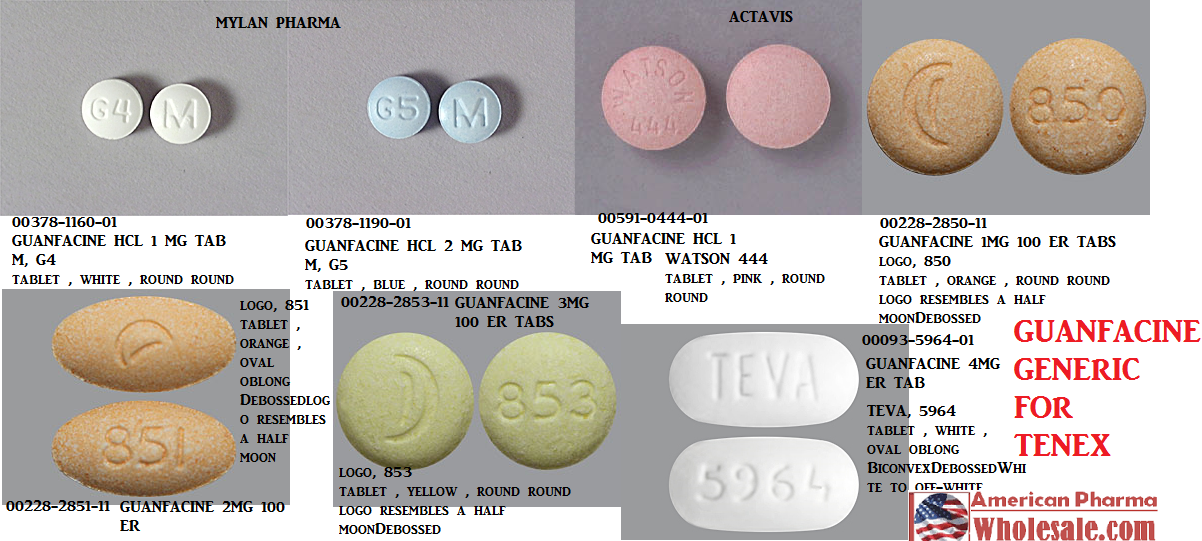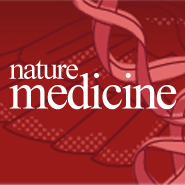
“Although b2-receceptor agonists are powerful bronchodilators and are at the forefront of asthma symptom relief, patients who use them frequently develop partial resistance to them. This can be a particularly serious problem during severe attacks, where high dose b2-agonist treatment is the front line therapy.
Alternative bronchodilators are urgently needed. In this article we review the evidence for the bronchodilator effects of the cannabinoid CB1 receptor tetrahydrocannabinol (THC) and suggest that the mechanism of action for these effects are sufficiently independent of the mechanisms of standard bronchodilators to warrant clinical investigation.
Specifically, clinical trials testing the bronchodilator effects of THC in b2 agonist resistant asthmatic patients would show whether THC could fill the role of rescue bronchodilator in cases of b2 agonist resistance.” https://www.ncbi.nlm.nih.gov/pubmed/28641517








